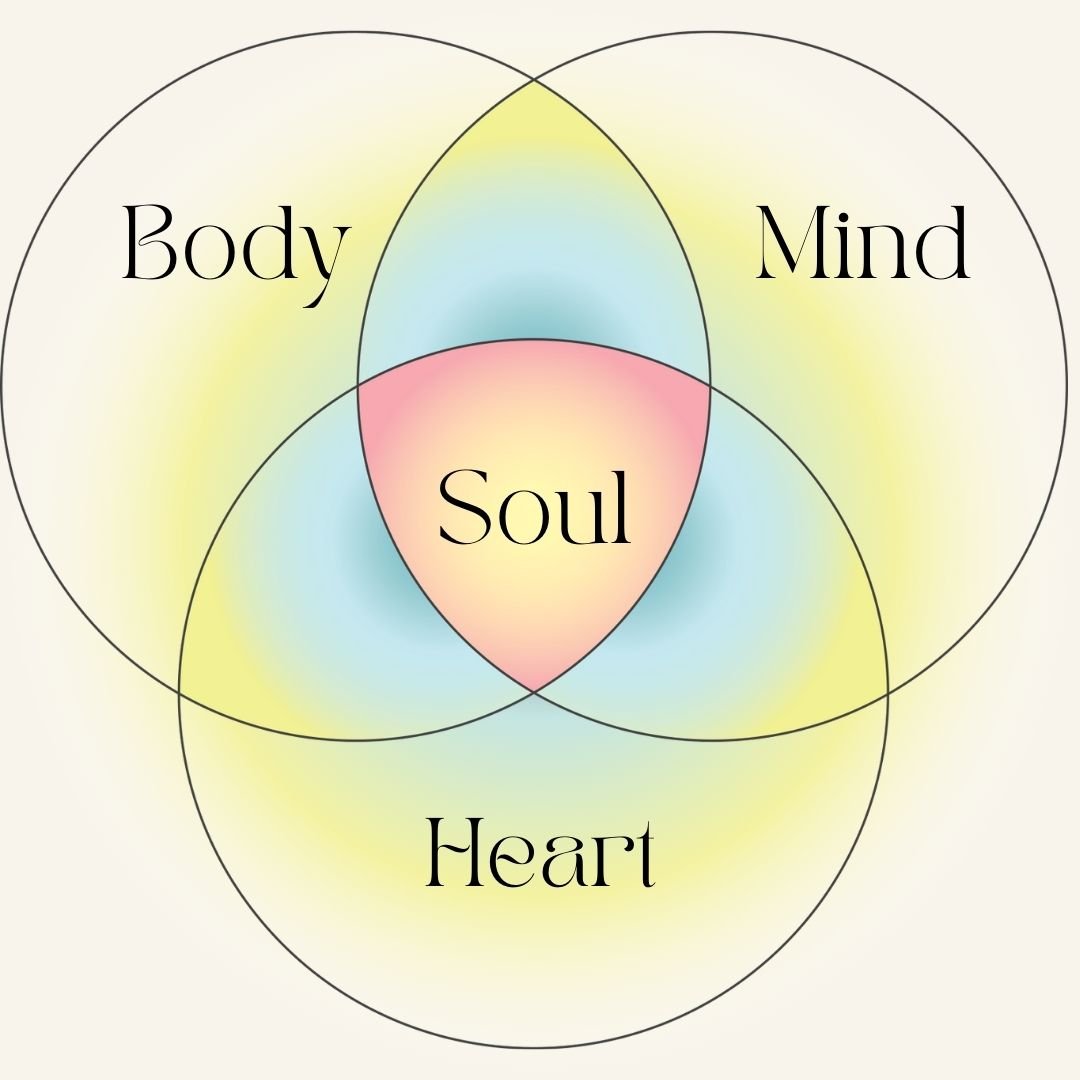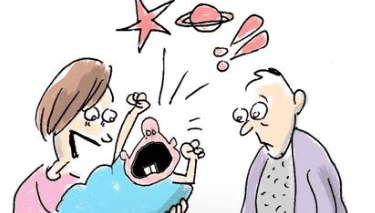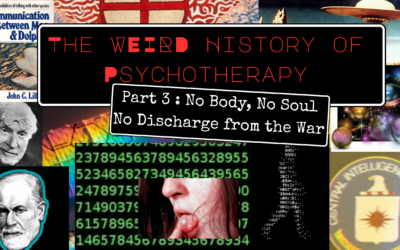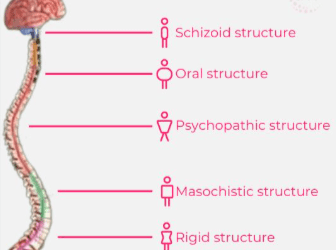What is Somatic Experiencing?
Somatic Experiencing (SE) is a body-oriented therapeutic approach developed by Dr. Peter Levine to address the effects of trauma. It is based on the understanding that trauma is not just a psychological phenomenon but also has a significant physiological impact on the body. SE focuses on the biological responses to trauma and aims to release traumatic shock, which is stored in the body, leading to the alleviation of trauma symptoms.
The approach is grounded in the observation of animals in the wild, who naturally shake off the energy of a traumatic event and return to normal functioning. However, humans often override these natural mechanisms, leading to the storage of traumatic energy in the body. SE works to release this stored energy and restore the body’s innate capacity to self-regulate.
We have a Somatic Experiencing Therapist @ Taproot Therapy Collective. Click here to schedule.
Somatic Experiencing Series:
The Science Behind Somatic Experiencing: Polyvagal Theory and the Nervous System
Somatic Experiencing is informed by the Polyvagal Theory, developed by Dr. Stephen Porges. This theory describes the functioning of the autonomic nervous system, which is responsible for our automatic physiological responses, such as heart rate, digestion, and breathing. The autonomic nervous system is divided into three branches: the sympathetic nervous system, the ventral vagal complex (VVC), and the dorsal vagal complex (DVC).
The sympathetic nervous system is associated with the “fight or flight” response, preparing the body for action in the face of threat. The VVC is responsible for social engagement and feelings of safety, while the DVC is associated with shutdown, immobilization, and dissociation in the face of overwhelming threat.
Trauma can cause dysregulation in the autonomic nervous system, leading to a chronic state of hyperarousal (fight/flight) or hypoarousal (shutdown/dissociation). SE works to restore the balance of the nervous system by promoting the activation of the VVC, which facilitates feelings of safety and social engagement.
How Somatic Experiencing Differs from Traditional Talk Therapy
Traditional talk therapy primarily focuses on the psychological and cognitive aspects of trauma, working with thoughts, emotions, and behaviors. While these approaches can be effective, they may not fully address the physiological impact of trauma on the body.
Somatic Experiencing, on the other hand, directly addresses the biological stress responses that are often at the root of trauma symptoms. By working with the body’s sensations and experiences in the present moment, SE helps individuals to discharge stored traumatic energy and restore the body’s natural equilibrium.
SE does not require individuals to relive or retell their traumatic experiences in detail, which can be triggering and potentially retraumatizing. Instead, it focuses on developing body awareness, resourcing, and gradual titration of traumatic activation to promote healing.
The Role of the Therapist in Somatic Experiencing
In Somatic Experiencing, the therapist serves as a facilitator and guide, helping the client to develop body awareness, identify and strengthen resources, and gradually process traumatic activation. The therapist uses a variety of techniques, such as tracking body sensations, pendulation, and titration, to support the client’s innate healing process.
The therapist must be attuned to the client’s nervous system activation and work within the client’s window of tolerance, the range of activation in which the client can remain present and engaged without becoming overwhelmed. The therapist helps the client to pendulate between challenging sensations and resources, gradually expanding their capacity to process and integrate traumatic experiences.
Throughout the process, the therapist maintains a non-judgmental, compassionate, and collaborating stance, trusting in the client’s inherent wisdom and capacity for healing.
Who Can Benefit from Somatic Experiencing?
Somatic Experiencing can be beneficial for a wide range of individuals who have experienced trauma, whether it be a single incident (such as an accident or assault) or chronic, developmental trauma (such as childhood abuse or neglect). SE can help alleviate symptoms such as anxiety, depression, chronic pain, sleep disturbances, and relationship difficulties that often stem from unresolved trauma.
SE can be particularly helpful for individuals who have found traditional talk therapy insufficient in addressing their trauma symptoms or for those who find it difficult to verbalize their experiences. Because SE works primarily with the body’s sensations and experiences in the present moment, it can be a more accessible and less threatening approach for some individuals.
SE is also used to help individuals build resilience and cope with ongoing stress and challenges. By strengthening the body’s capacity for self-regulation and promoting a sense of safety and connectedness, SE can help individuals navigate life’s difficulties with greater ease and equanimity.
It is important to note that SE is not a one-size-fits-all approach, and individual responses to treatment may vary. As with any therapeutic intervention, it is essential to work with a qualified and experienced SE practitioner who can tailor the approach to one’s specific needs and circumstances.
We have a Somatic Experiencing Therapist @ Taproot Therapy Collective. Click here to schedule.
Somatic Experiencing Series:
Bibliography
Brom, D., Stokar, Y., Lawi, C., Nuriel-Porat, V., Ziv, Y., Lerner, K., & Ross, G. (2017). Somatic experiencing for posttraumatic stress disorder: A randomized controlled outcome study. Journal of Traumatic Stress, 30(3), 304-312.
Heller, D. P., & Heller, L. (2004). Somatic experiencing in the treatment of automobile accident trauma. U.S. Association for Body Psychotherapy Journal, 3(2), 42-52.
Levine, P. A. (2010). In an unspoken voice: How the body releases trauma and restores goodness. North Atlantic Books.
Levine, P. A. (1997). Waking the tiger: Healing trauma: The innate capacity to transform overwhelming experiences. North Atlantic Books.
Payne, P., Levine, P. A., & Crane-Godreau, M. A. (2015). Somatic experiencing: Using interoception and proprioception as core elements of trauma therapy. Frontiers in Psychology, 6, 93.
Types of Therapy

























0 Comments